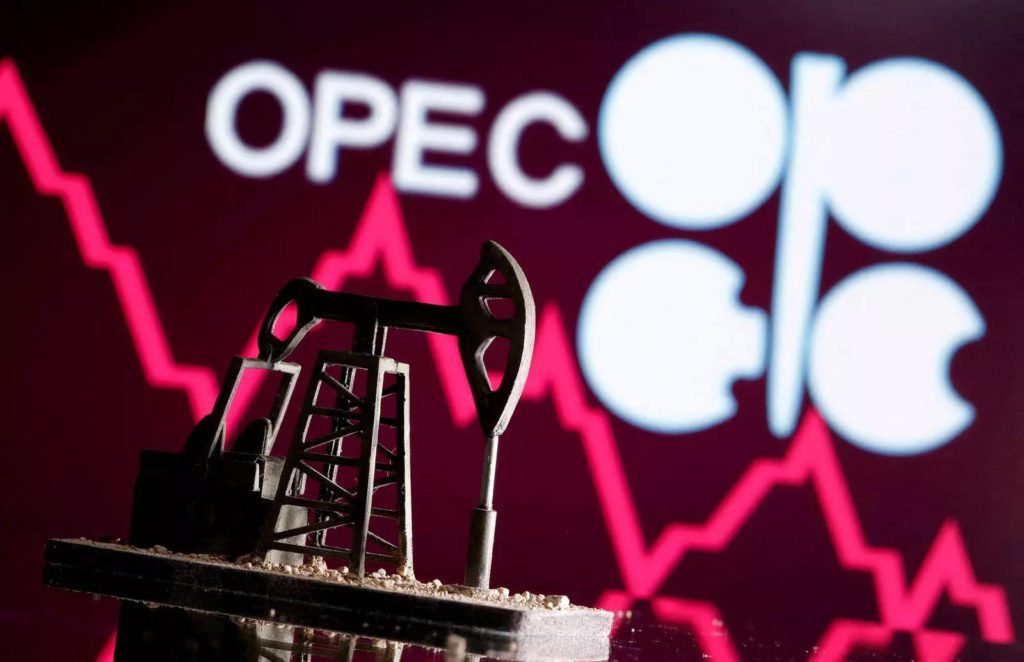OPEC+ has refused to adopt means for speedier increases as they believe that the world is facing energy shortages due to poorly planned transitions to greener fuels by importing nations. They have decided to mostly stick to existing policies of moderate increases according to the expectations that demand will rise and the oil price trade is at its peak since 2014.
The group, which comprises the Organisation of the Petroleum Exporting Countries and allies led by Russia and produces over 40 percent of global supply, has faced pressure from top consumers such as the United States and India to pump more to help the economic recovery from the pandemic.
Several OPEC members have struggled to pump even in line with their quotas due to under-investments of the past few years.
Five OPEC+ sources told Reuters on Tuesday they expected the ministers to agree to go ahead with a planned increase of 400,000 barrels per day in March, despite high oil prices. “The issue (of speedier increases) did not come up and I doubt it will,” an OPEC+ source said, asked if an OPEC+ expert committee meeting had discussed an increase of above 400,000 BPD when it virtually met on Tuesday.
A report prepared by the committee, known as the Joint Technical Committee (JTC), and seen by Reuters on Tuesday kept the forecast for world oil demand growth unchanged for 2022 at 4.2 million BPD.
It said it expected demand to rise to pre-pandemic levels in the second half of the year. Oil demand reached its peak of slightly above 100 million BPD in 2019.
The report still said the world would face a crude surplus in 2022 reaching 1.3 million BPD, slightly less than its previous forecast of 1.4 million BPD.
However, the oil market will continue to face many risks including uncertainties regarding the impact of the new COVID-19 variants, ongoing supply crunch, and the central bank policy of countering inflation. The JTC also warned about other risks pertaining to the oil market recovery, that is, volatility in consumer markets, restrictions on production capacity from lack of investment, political risks, and high debt levels.


